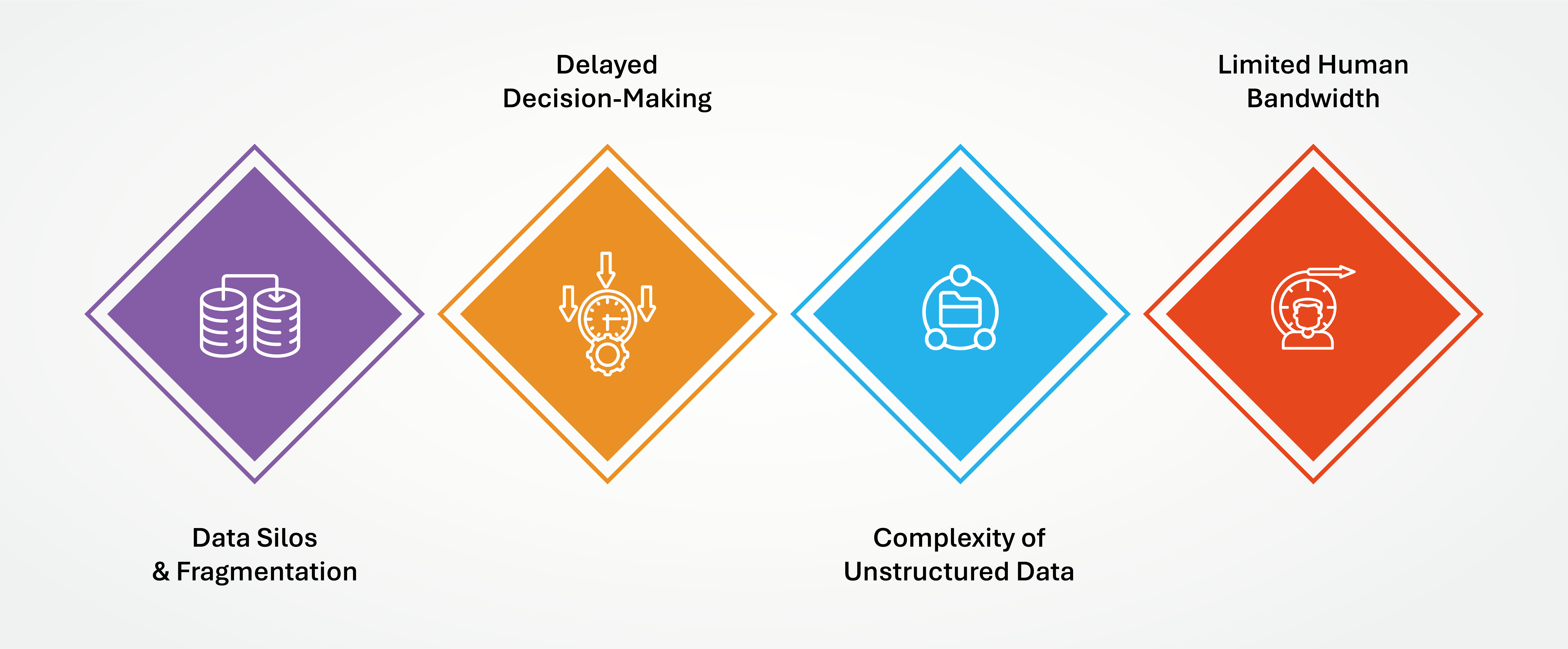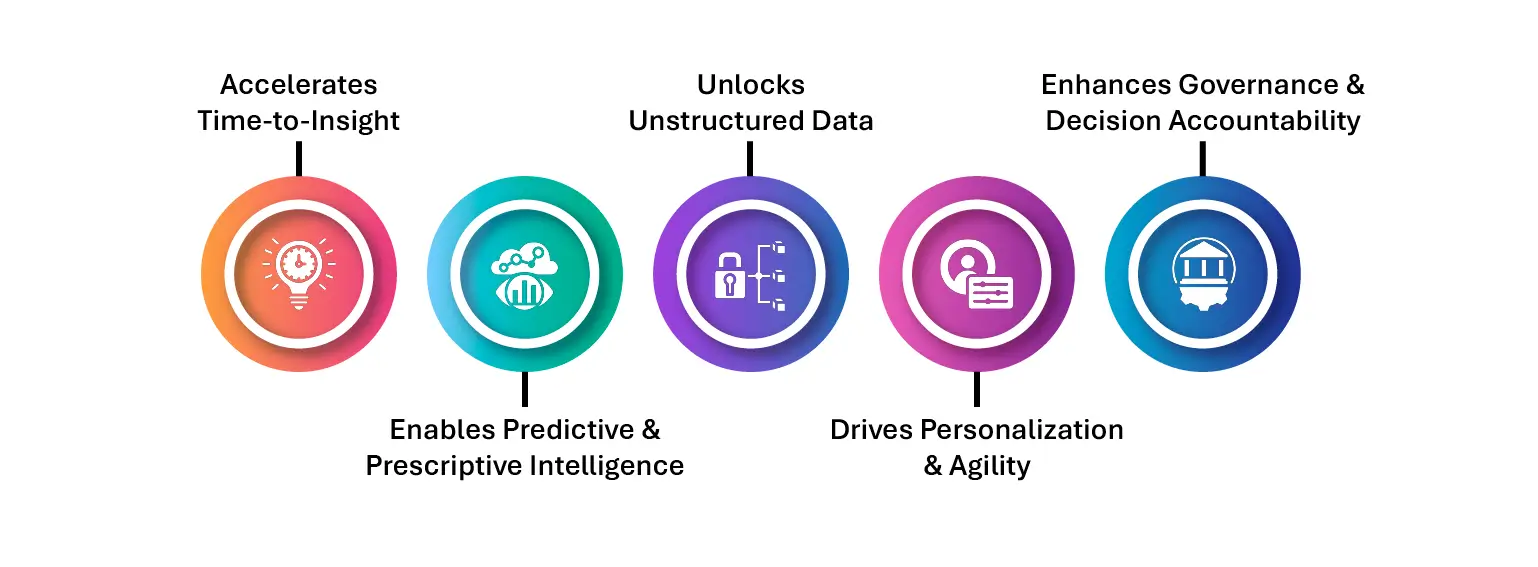What is AI-driven Analytics?
AI-driven Analytics refers to the use of artificial intelligence (AI) technologies to automatically analyze and interpret complex data sets, providing actionable insights and predictions. Unlike traditional analytics, which relies on predefined rules and human intervention, AI-driven analytics leverages machine learning, natural language processing, and advanced algorithms to uncover patterns, trends, and relationships in data. This enables organizations to make more informed decisions, optimize processes, and identify opportunities or risks with greater accuracy and speed, ultimately driving better business outcomes.
In essence, it’s not just about analyzing data—it’s about understanding it faster, deeper, and with far more context than humans alone can achieve. By enabling systems to “learn” from the data they process, AI-driven analytics helps organizations shift from reactive reporting to proactive strategy.
Why It Matters in Today’s AI Era
Enterprises today are inundated with unstructured and structured data from every corner—sensors, emails, applications, customer interactions, and digital transactions. Making sense of this deluge manually or through legacy systems is no longer viable.
AI-driven analytics acts as the brain behind your data, sifting through terabytes of information to detect anomalies, forecast outcomes, and surface insights that might otherwise go unnoticed. Whether you’re a healthcare provider predicting patient readmissions, a financial institution identifying fraud, or a retailer forecasting inventory needs—AI transforms raw data into business foresight.
What’s more, as AI becomes embedded in daily operations and decision-making, organizations need analytics that can keep up—not only processing real-time data but adapting to changing inputs and offering continuous intelligence.
The Visibility Gap in Traditional Analytics

While most enterprises claim to be data-driven, many still rely on outdated analytics systems that only scratch the surface. The gap between available data and actionable insight continues to widen due to several key challenges:
- Data Silos & Fragmentation: With data scattered across departments, platforms, and cloud providers, it becomes difficult to aggregate and analyze in a unified way.
- Delayed Decision-Making: Traditional analytics workflows often involve lagging indicators and static reports, causing businesses to react after the fact rather than in real-time.
- Complexity of Unstructured Data: Over 80% of enterprise data is unstructured—think emails, documents, images, logs. Traditional BI tools struggle to process and analyze this kind of information.
- Limited Human Bandwidth: Analysts can only review so much data. AI-driven analytics expands the analytical horizon by processing large volumes of data at scale and flagging anomalies instantly.
How AI-driven Analytics Helps

- Accelerates Time-to-Insight: AI algorithms process vast datasets in real time, identifying trends and generating recommendations faster than human analysts can.
- Enables Predictive & Prescriptive Intelligence: Move beyond dashboards. AI not only tells you what happened, but what will happen—and what you should do about it.
- Unlocks Unstructured Data: From text mining emails to analyzing image metadata, AI turns unstructured data into a goldmine of insights previously out of reach.
- Drives Personalization & Agility: Tailor decisions to customer behavior, market shifts, or operational needs instantly. AI-driven analytics adapts as new data flows in.
- Enhances Governance & Decision Accountability: Transparent audit trails and explainable AI models help maintain accountability in automated decisions, critical for compliance in regulated industries.
AI-driven Analytics is no longer a futuristic concept—it’s the competitive edge of today. It allows businesses to make smarter, faster, and more informed decisions with confidence. By bridging the gap between data complexity and actionable insight, AI-driven analytics empowers organizations to move from insight to action in a way that’s scalable, ethical, and future-ready.
Getting Started with Data Dynamics:
- Learn about Unstructured Data Management
- Schedule a demo with our team






